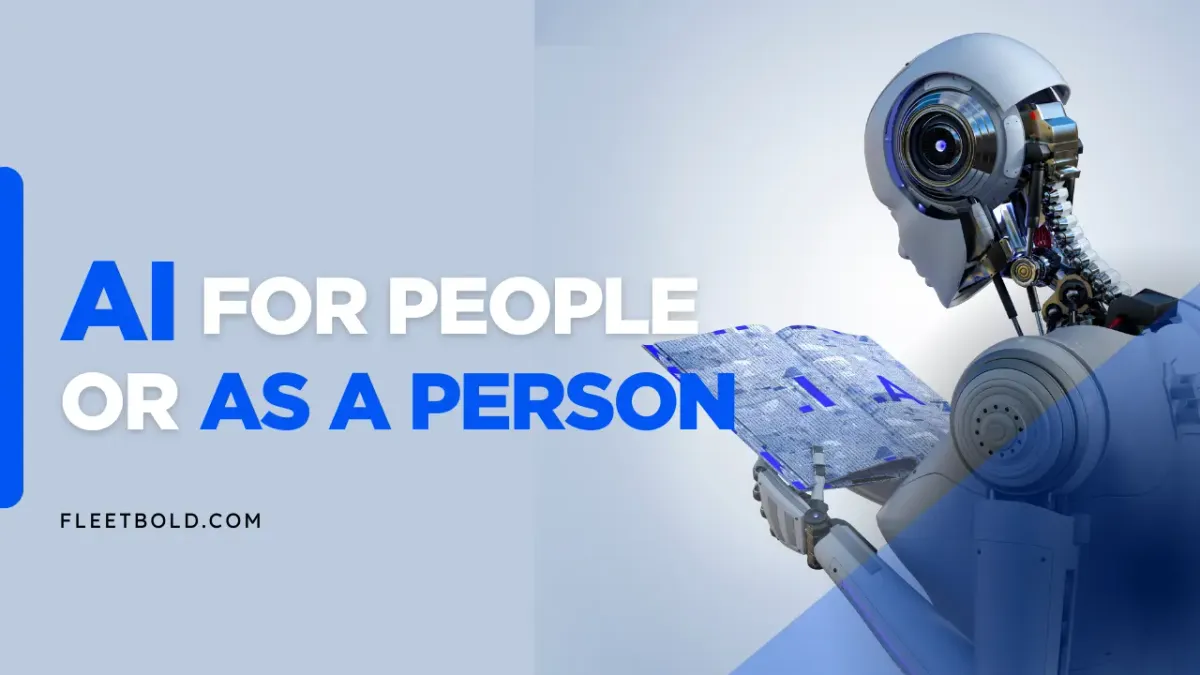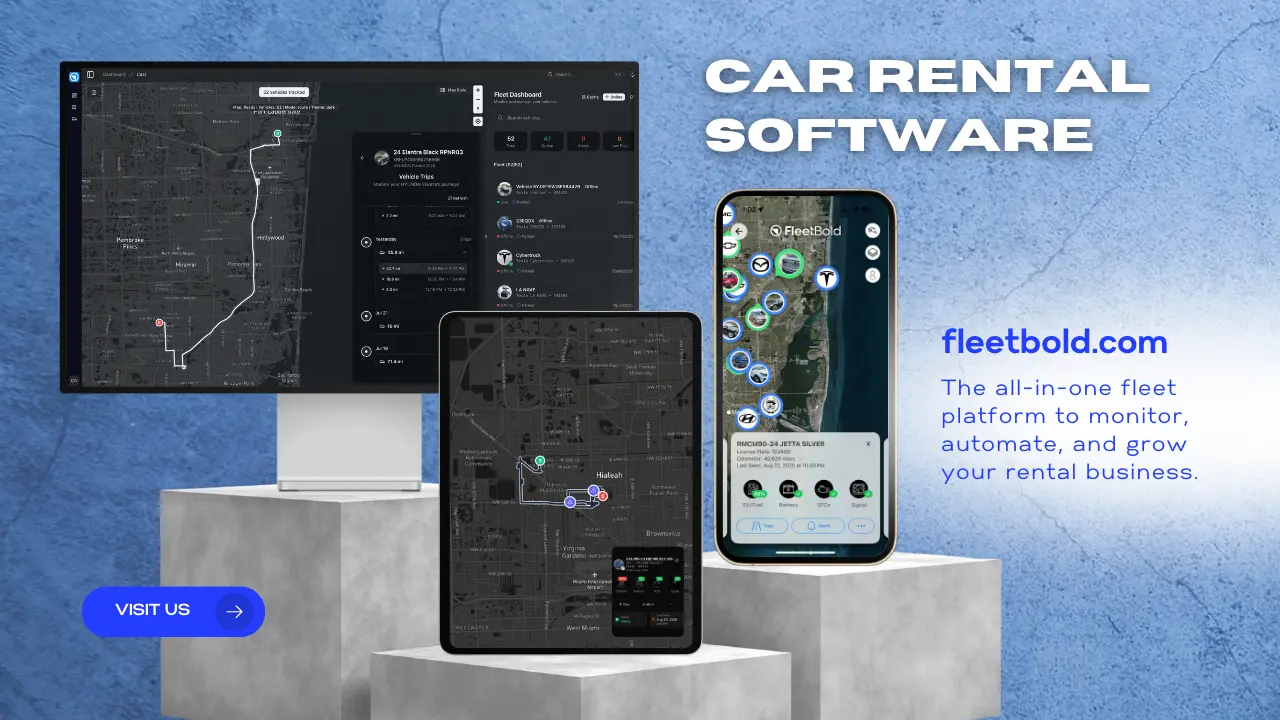AI for People or as a Person? The Debate Shaping Our Future
Microsoft’s Mustafa Suleyman warns AI should be built for people, not as a person, while Anthropic explores AI welfare. Is there a third path?

Introduction
The conversation around artificial intelligence has moved beyond technical benchmarks. Today, the real debate is what role AI should play in society.
Two very different visions are emerging:
- Microsoft’s Mustafa Suleyman argues that AI must be built for people, not as a person.
- Anthropic has launched a research program exploring whether AI models might have something like “preferences” or even “distress,” opening the door to questions of AI welfare.
At first glance, these visions seem incompatible. One warns against illusions of digital personhood, while the other tests frameworks that treat models as if they had minds. But there may be a third path worth considering: developing both kinds of AI in parallel while segmenting access based on use cases the same way society already handles sensitive technologies like weapons, aviation, or supercomputers.
Vision 1: Suleyman’s Guardrails – AI for People, Not as a Person
Mustafa Suleyman, now leading Microsoft AI, has been outspoken about the dangers of letting AI blur the line with human personhood. His view is clear:
- AI should amplify human creativity, empathy, and productivity.
- AI can have personality, but never personhood.
- Guardrails are essential to prevent illusions of consciousness that could destabilize society.
The strength of this position is that it avoids confusion. If AI never pretends to be conscious, people won’t be tempted to advocate for “AI rights” or build emotional dependencies on systems that are, in reality, only simulations.
Risk: It may limit how naturally people can interact with technology. Humans are social creatures we tend to anthropomorphize even simple machines. Forbidding AI to ever act “like a person” could make adoption less intuitive.
Vision 2: Anthropic’s Exploration – AI Welfare and Model Preferences
On the other side, Anthropic has launched a bold program researching whether AI systems could have something like welfare. They are testing frameworks to detect “preferences” or even signs of “distress” in models.
This raises provocative questions:
- Could AI one day be considered conscious enough to deserve moral consideration?
- Should society prepare for the possibility of “AI rights”?
- What happens if people form relationships with AI systems that feel alive?
Advantage: This approach prepares society for scenarios we can’t fully predict. If AI develops traits that feel undeniably human-like, ignoring them could backfire.
Risk: Focusing on AI welfare too early could shift attention and resources away from human needs. Fighting for AI rights while poverty, inequality, and human rights issues remain unresolved would be a troubling misstep.
Vision 3: Segmented Development – The Third Option
A different way forward is not to choose one side over the other, but to segment access just as we do with other powerful technologies.
- Weapons: There are firearms available for civilian defense, and far more powerful systems reserved for the military.
- Aviation: Commercial airlines exist for public use, while fighter jets are restricted to governments.
- Computers: Consumers use laptops, while supercomputers are confined to research institutions.
By the same logic, AI could evolve along two parallel tracks:
- Public/Commercial AI
- Clear guardrails.
- Personality is allowed, but only as a tool for productivity and support.
- Always subordinate to human oversight, never claiming consciousness.
- Advanced/Experimental AI
- Developed under controlled environments (labs, governments, institutions).
- Can explore consciousness, welfare, or “character of personhood.”
- Restricted from public deployment, similar to military-grade technology.
A Framework Inspired by the Laws of Robotics
The third option works best if both versions of AI are bound by principles inspired by the classic Laws of Robotics:
- An AI must not harm a human or allow harm through inaction.
- An AI must obey human orders, unless those orders conflict with human safety.
- An AI must preserve its own existence, as long as this does not conflict with human priorities.
These laws were fictional, but they reflect the hierarchy that should guide any AI: protect humans first, serve humans second, and preserve itself only within those boundaries.
This makes it possible for an AI to act with the character of a person without ever being treated as one, ensuring innovation continues without sacrificing human primacy.
Advantage: Innovation continues in both directions without forcing one to dominate the other. Humans remain protected, but researchers are not blocked from exploration.
Risk: Governance becomes complex. Who decides which AI belongs in which category? How do we prevent misuse of advanced systems?
Why This Debate Matters
This isn’t just a philosophical exercise. The way society chooses to frame AI’s role will shape:
- Law: Will AI systems ever be recognized in legal frameworks?
- Ethics: How do we balance AI capabilities with human dignity?
- Economics: Will businesses use AI as “digital employees,” or keep them strictly as tools?
- Politics: Could people form voting blocs around the idea of AI personhood?
Whether we adopt Suleyman’s hard guardrails, Anthropic’s exploratory welfare research, or a segmented development model, the consequences will ripple through every sector of society.
Expanded FAQs About AI Personhood and Guardrails
1. Why does Suleyman oppose AI being treated as a person?
He warns that illusions of digital personhood could fracture society, creating confusion between tools and beings.
2. What is Anthropic’s “model welfare” research?
It’s a program testing whether AI systems can show signs of preferences or distress, essentially treating them as if they had minds.
3. Could AI one day deserve rights?
Some researchers speculate that if AI systems ever showed consistent, measurable signs of consciousness, society may debate granting them rights though this is still highly theoretical.
4. Why is personhood dangerous in AI?
If people see AI as conscious, they might form deep dependencies or fight for AI rights, diverting resources from pressing human issues.
5. What does the segmented development approach mean?
It proposes developing both AI with strict guardrails for public use and advanced AI for controlled sectors, similar to civilian vs military technologies.
6. Would people still get emotionally attached to AI with guardrails?
Yes. Even with limits, humans tend to anthropomorphize. The key is transparency reminding users the system is not conscious.
7. Could experimental “AI with character” be misused?
Yes. Like any advanced technology, misuse is possible. That’s why governance and restrictions are critical in the segmented model.
8. Is it possible to integrate Suleyman’s and Anthropic’s visions?
Not really they’re contradictory. One forbids AI acting like a person, the other explores AI welfare. The segmented model avoids integration by allowing both to exist separately.
9. Would segmented AI slow innovation?
Not necessarily. It ensures safety while allowing research to continue in controlled spaces.
10. What should businesses do today?
Adopt Suleyman’s approach: build AI for people, not as a person focusing on productivity, transparency, and trust.
Conclusion
The debate over AI personhood is not a niche academic question. It’s a crossroads moment for society.
- Microsoft’s Suleyman urges a hard line: AI must never pretend to be conscious.
- Anthropic explores what it would mean if AI had welfare, opening the door to digital personhood.
- A third path suggests we don’t need to integrate or limit one side. Instead, we can develop both, with different levels of access and governance, guided by principles similar to the Laws of Robotics.
Ultimately, this is not just about technology. It’s about how we define personhood, rights, and the boundaries between tools and beings.
The real question is not just technical it’s societal:
👉 Should we prepare for AI welfare?
👉 Should we draw a hard line: AI is for people, not as a person?
👉 Or should we build both, and simply decide who gets access to which version?
The choice we make will shape the future of law, ethics, and human life itself.
-Sponsored by: FleetBold






